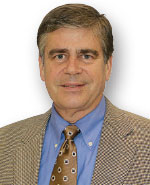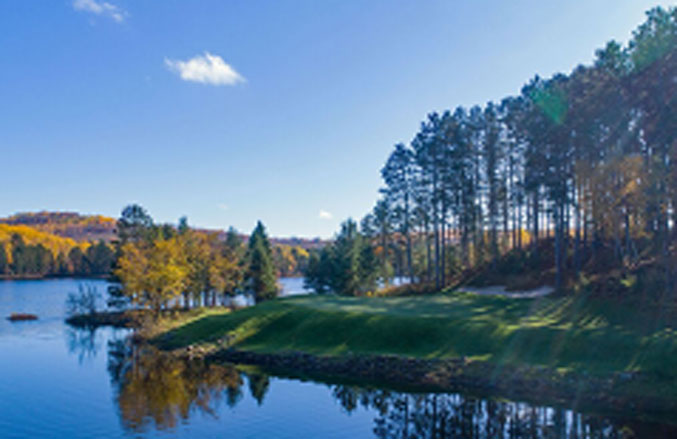Fall’s protocol: How to set the foundation for the following year
 Fall is the best time to play golf. Although not the most popular time, temperatures have moderated, the air seems cleaner and the colors associated with fall are vibrant. You can say the same thing from a management perspective. Fall is an important time for promoting turf recovery, improving plant health and setting the foundation for the following year, all without summer’s intensity and stress level. Below are a few of the important tasks I associate with fall.
Fall is the best time to play golf. Although not the most popular time, temperatures have moderated, the air seems cleaner and the colors associated with fall are vibrant. You can say the same thing from a management perspective. Fall is an important time for promoting turf recovery, improving plant health and setting the foundation for the following year, all without summer’s intensity and stress level. Below are a few of the important tasks I associate with fall.
Self-Assessment
If you have suffered turf loss or thinning, it’s important to determine the cause of the turf loss and take corrective measures. For example, if a rainy summer resulted in turf growing in saturated soil (anaerobic condition), installing drainage or re-contouring the surface to provide better drainage would be an appropriate fall activity. If turf loss is associated with a specific shading issue, fall is an excellent time to remove a tree or two.
Coring
Coring helps alleviate compaction that has occurred during the summer, enhances turf recovery and promotes overall turf health going into winter. When combined with heavy topdressing (i.e. sand), coring reduces organic matter. For controlling organic matter on sand-based greens, the goal is to apply a yearly total of more than 25 cubic feet per 1,000 square feet. You reach a significant amount of your yearly sand topdressing requirement when applying the topdressing to fill holes in conjunction with fall coring.
The downside of coring is that it often takes three weeks for the putting surface to return to its pre-coring smoothness and stability. No wonder golfers hate coring, and because they hate it so much, coring often gets pushed back later into the fall, resulting in cores that take longer to heal.

Photo: Giants Ridge
Mowing
Raising the height of a warm-season turfgrass like bermudagrass during the fall helps reduce the risk of winter injury. Higher height of cut provides more tissue protection to the crown. However, raising the height of cut on cool-season turfgrass has not been seen to enhance cold tolerance. With that said, and given the last few brutal winters in the northern United States, Poa annua greens mowed at a higher height of cut seem to suffer less winter injury than greens mowed at extremely low heights.
Fertilization
Cool-season turfgrass shoot growth slows in the fall, while root growth increases. Thus, fertilizing through the fall proportionally does more for root growth and storage than for shoot growth. In addition, fall fertilization promotes turf recovery from summer stress. Fall fertilization is really the first step in preparing your turf for the following year’s summer stress. On the other hand, fall fertilization on warm-season turfgrasses can be a little more contentious, depending on how far north you are.
Diseases
Under the right conditions, dollar spot can cause serious damage to both cool- and warm-season turfgrasses well into October. As cooler and wetter weather occurs later in the fall, snow mold diseases like Microdochium begin to occur. These diseases generally are easy to control if monitored.
Fall is an extremely important time to clean up diseases left over from the summer—specifically anthracnose. Try to minimize any residual anthracnose scars going into winter. These scars or old symptoms serve as a source of inoculum for the coming year.
Insects
Insects generally are moving down, preparing to overwinter. However, insects like cutworms can be detected feeding, usually around core holes. If your core holes are slow to fill in or seem empty of sand (where other holes are filled), check for cutworm feeding.








